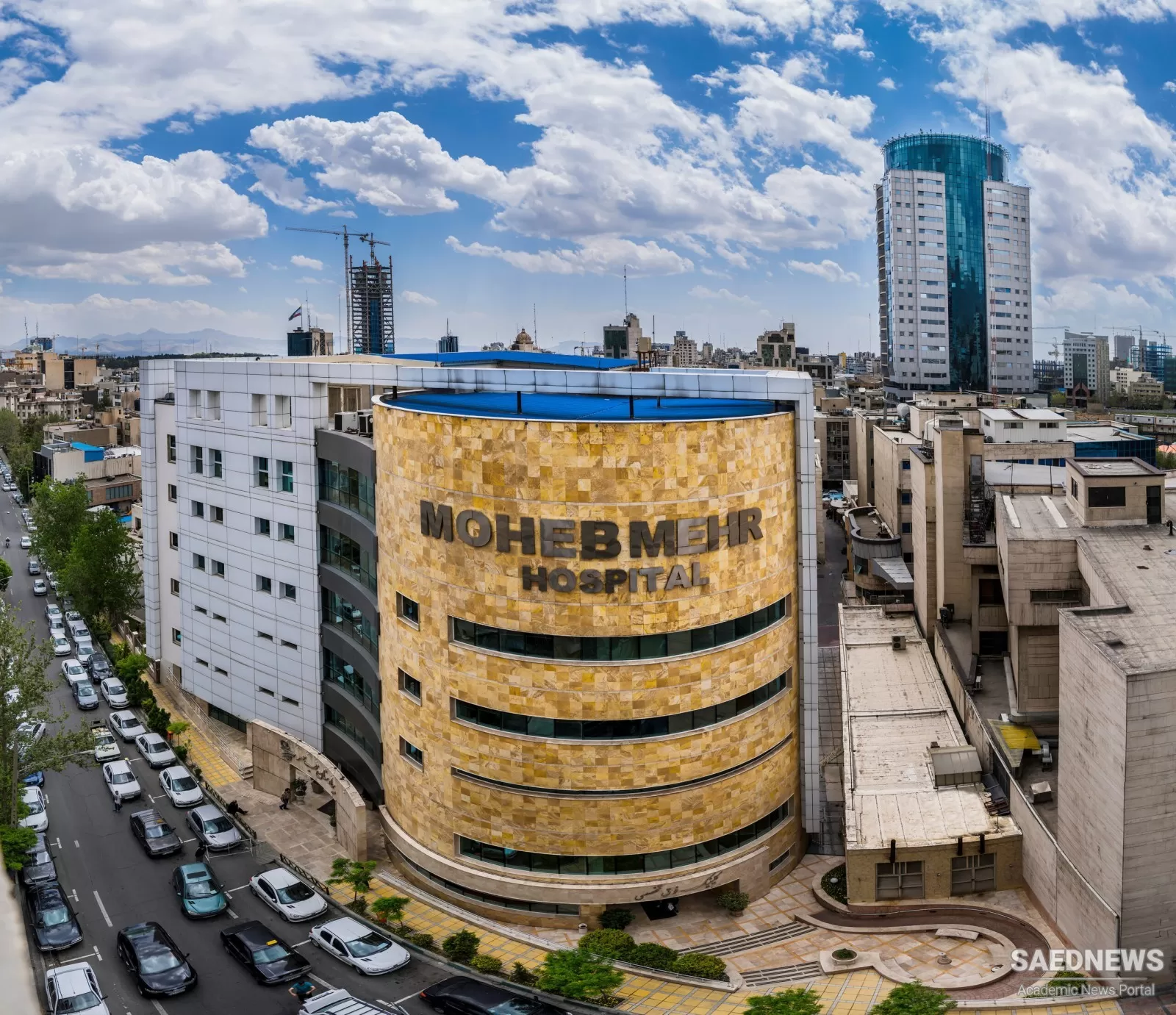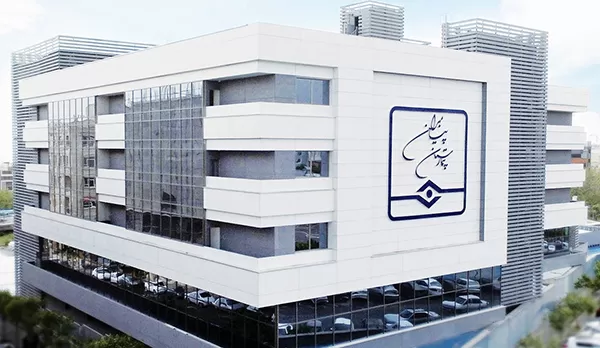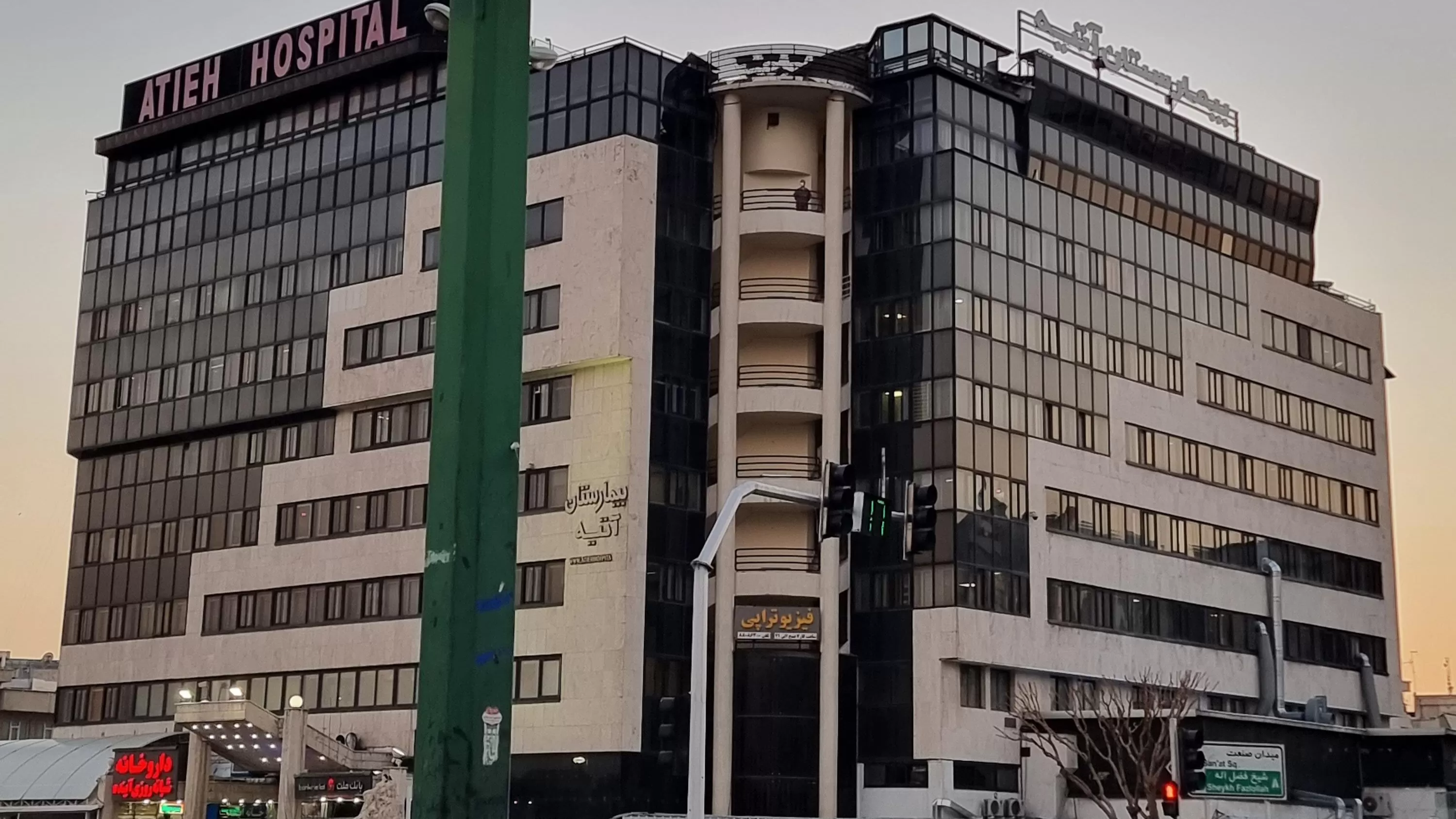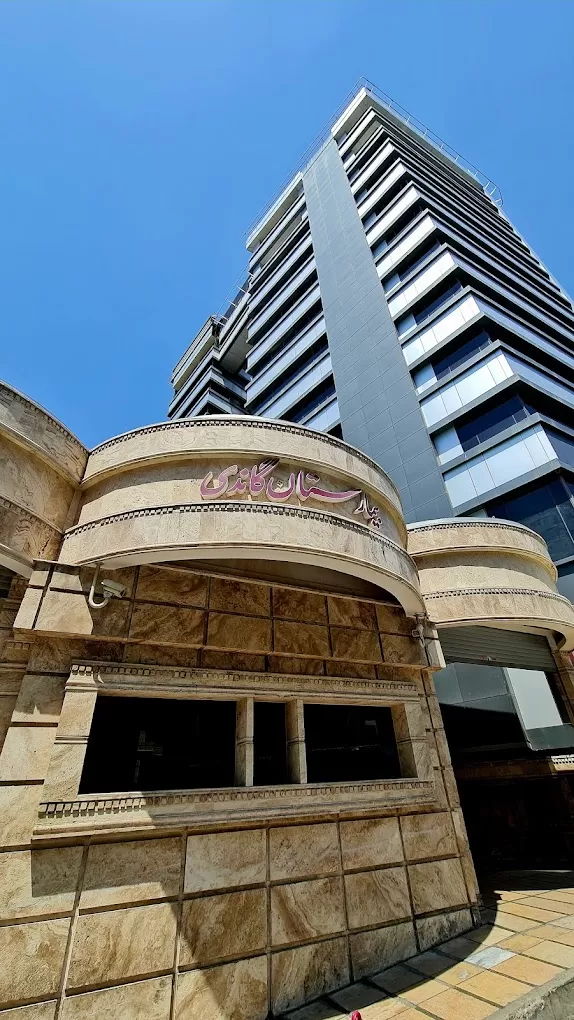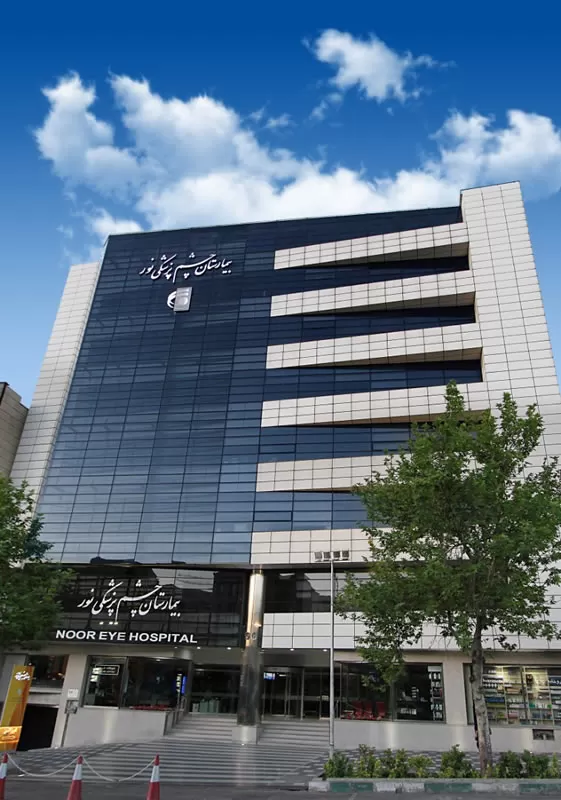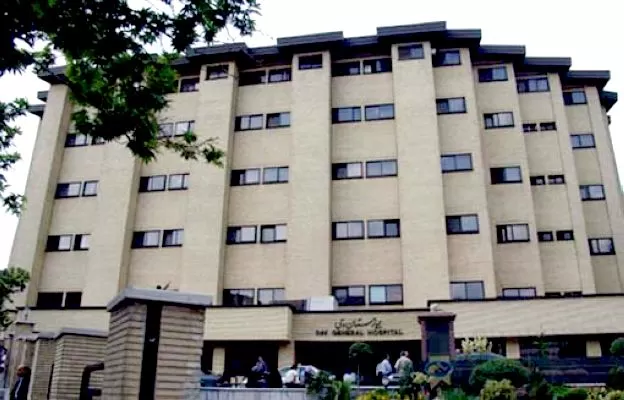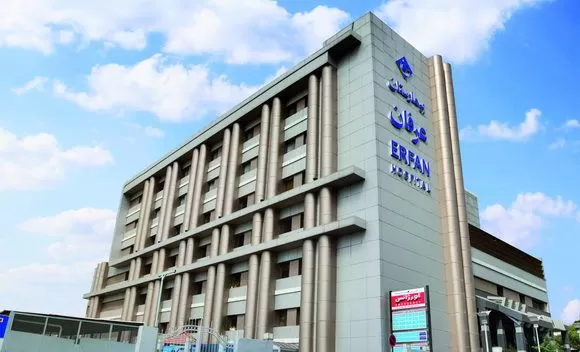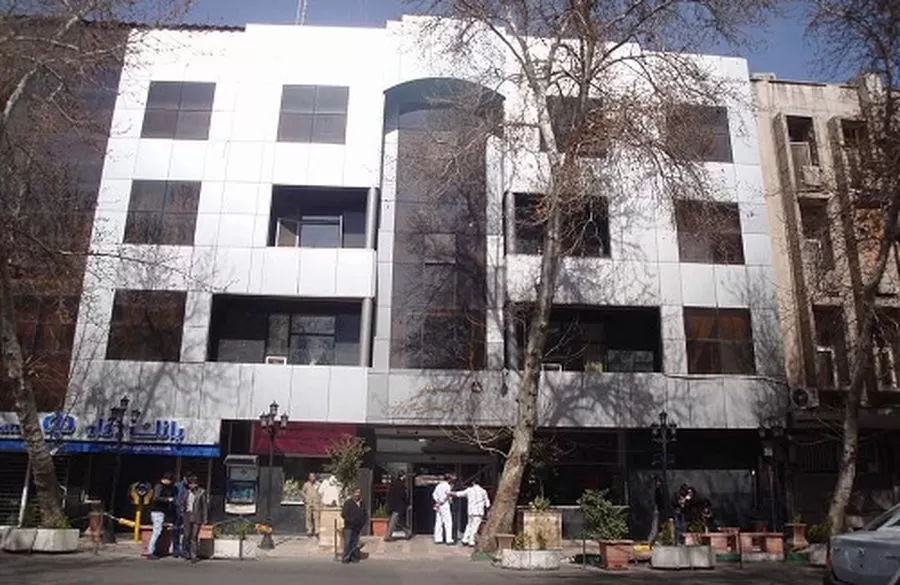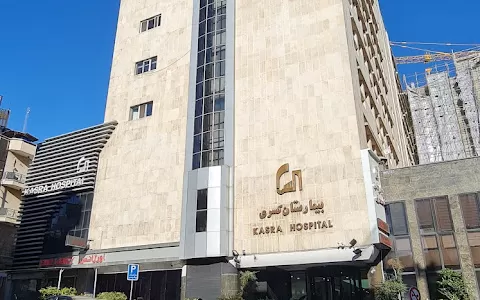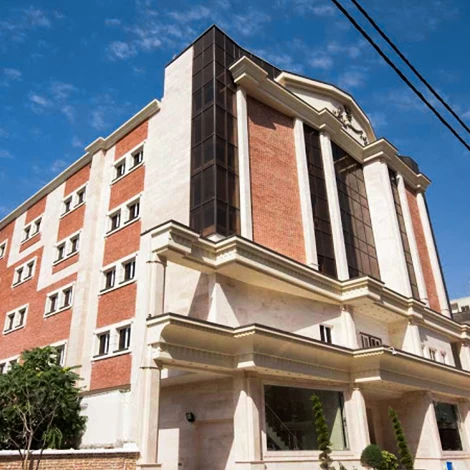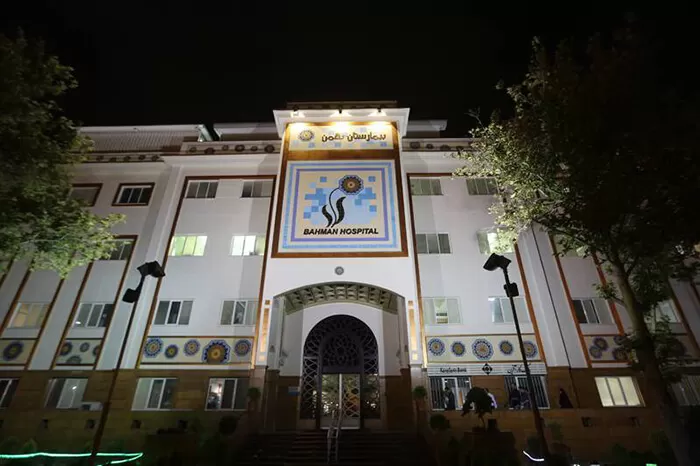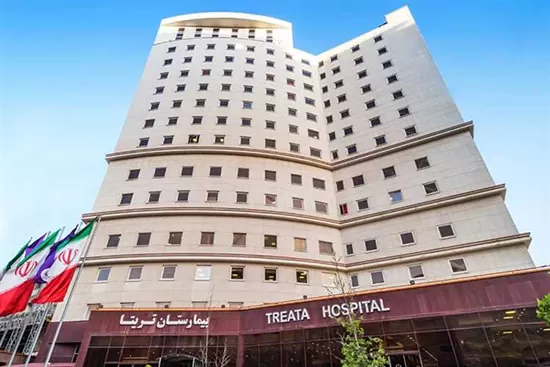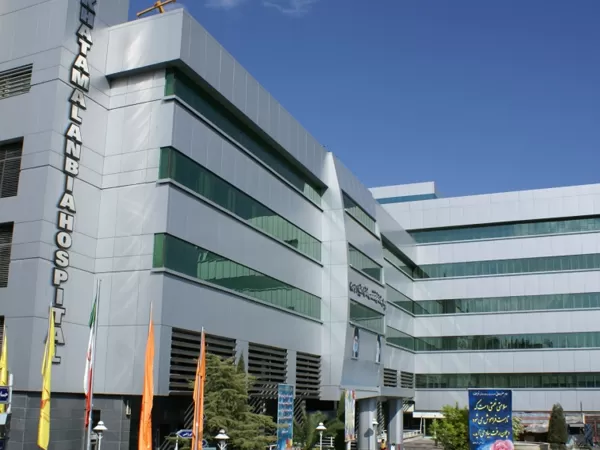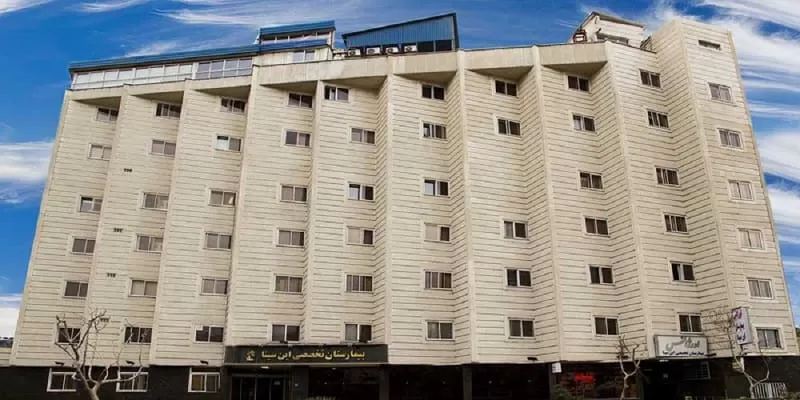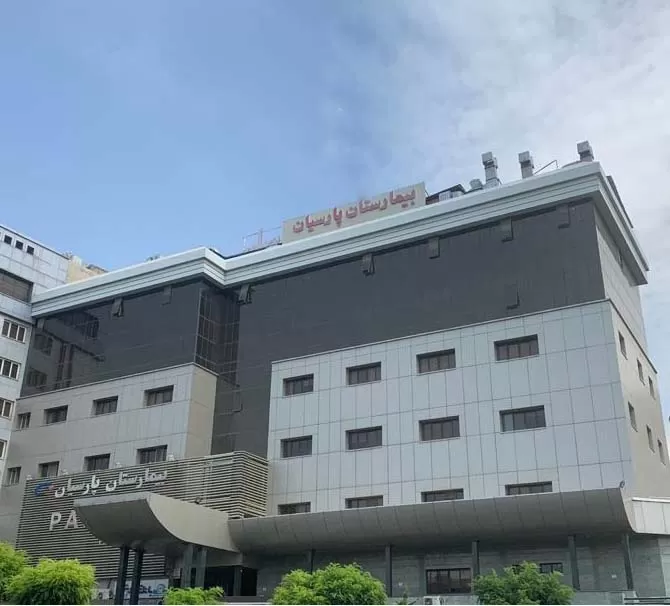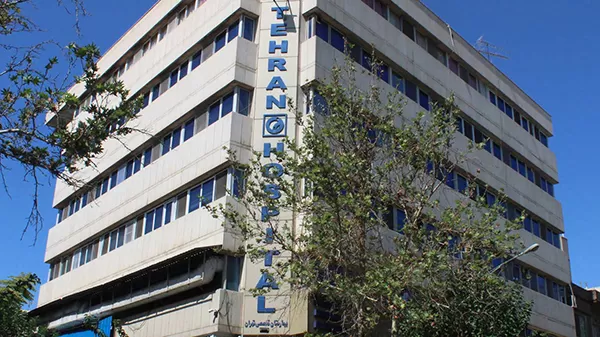Cost of shoulder replacement in Iran
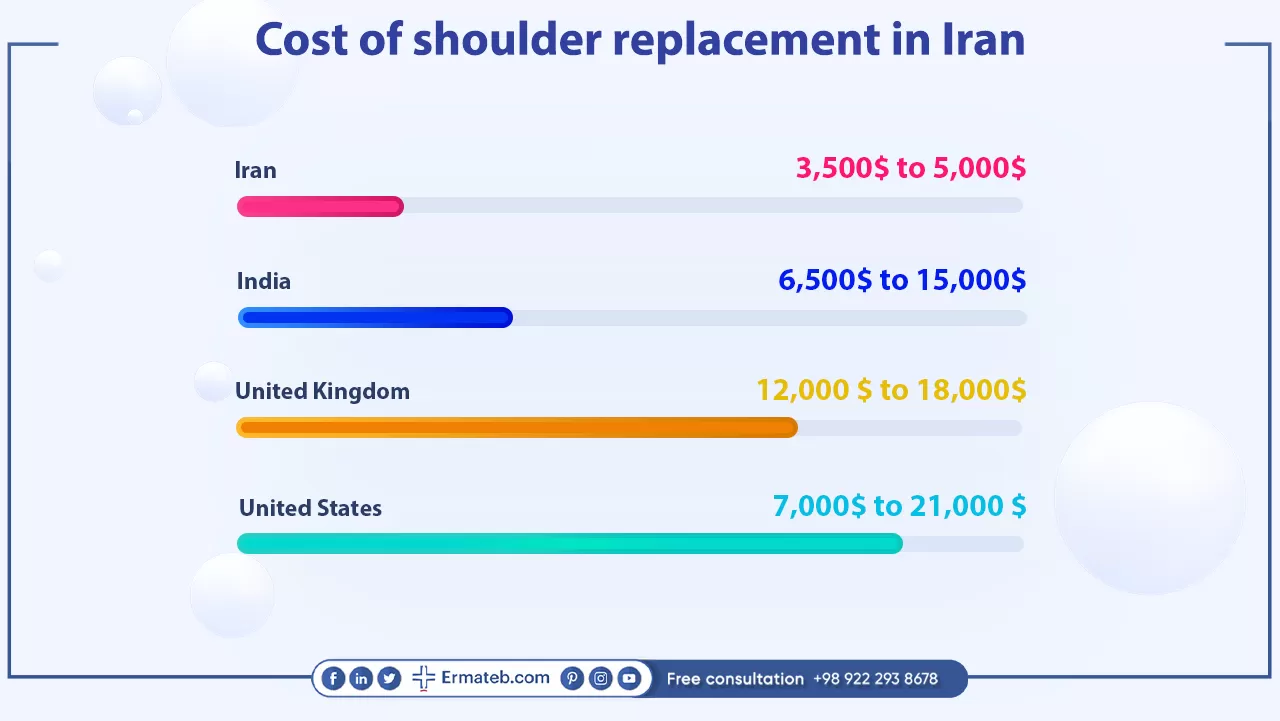
The cost of the surgery is one of the important things for patients since the cost of the surgery may be high and some people may not be able to pay for this treatment in their hometown.
The cost of shoulder replacement in Iran is much more affordable compared to other countries while offering a high-quality treatment. Shoulder arthroplasty in Iran costs between $3,500 to $5,000. This surgery, however, costs £9,495 in the United Kingdom, around $7,000 and $21,000 in the United States, and between $ 6,500 to $15,000 in India.
The low prices in Iran are not because of the low quality of treatments. The high number of patients that come to Iran to get their surgeries, and the low currency against other countries are two main reasons why procedures are offered at low costs in this country. Therefore, patients can receive high-quality medical treatment and save an amount of money at the same time.
Ermateb is a medical tourism facilitator in Iran, and its goal is to help international patients get their shoulder replacement in Iran at a high quality and low cost. Patients can get in touch with us via WhatsApp, or by filling out the online form on the website.
Who can be a good candidate for shoulder replacement in Iran?

The ideal candidates for shoulder replacement operation are typically people who have:
1.Intense and unrelenting shoulder pain that interferes with their routine activities and quality of life.
2.Shoulder weakness which limits their ability to perform tasks that need reaching, lifting, or throwing.
3.Decreased range of motion in the shoulder joint that prevents them from moving the arm.
4.Chronic rotator cuff issues which cause inflammation and damage to the muscles and tendons that support the shoulder joint.
5.Shoulder pain that isn’t relieved by nonsurgical treatments, like medications, physical therapy, injections, or lifestyle changes.
6.Prior operation or repairs failed to relieve symptoms or resulted in side effects, like misalignment, infection, or implant failure.
Some factors can decrease the chances of success for a shoulder replacement procedure. some people may not be a candidate for shoulder replacement operation. You can’t get shoulder replacement surgery if you have:
1.Smoking.
2.An infection in your shoulder or elsewhere in your body. Infection can increase the risk of complications and implant failure.
3.Osteoporosis
4.Severe damage to the deltoid muscle: It’s the muscle that covers the shoulder and helps move your arm. It must be healthy for the shoulder replacement procedure to be successful.
5.Nerve damage: It can affect the sensation and function of the shoulder, hand, or arm. If the nerves connecting the shoulder and the spinal cord are malfunctioning, then the procedure fails.
6.Medical instability, which can make the procedure unsafe or ineffective.
7.Increased risk of falling: it can lead to injury or dislocation of the new joint. individuals with epilepsy, dementia, or poor balance may not be good candidates for this procedure.
Therefore, to make sure you are a good candidate for a shoulder replacement procedure, consult with the doctor and discuss your medical history, expectations, and condition.
Why is a shoulder replacement needed?
There are many reasons why people undergo a shoulder joint replacement after trying medication or physical therapy. Some of these reasons are:
1.Osteoarthritis:
people often start to have this specific arthritis after reaching their 50s. In this situation, the cartilage wears away and the person feels unbearable pain in the shoulder area.
2.Rheumatoid arthritis:
This refers to the situation in which the person loses the cartilage of their shoulder joint because of synovial membrane inflammation. Then, their shoulder becomes painful and stiff and restricts the movement of the joint.
3.Post-traumatic arthritis:
There are specific injuries, such as fractures, causing the cartilage, ligaments, and tendons damage. They require immediate attention and often should be treated with a shoulder joint replacement.
4.Rotator cuff tear arthropathy:
tendons and muscles surrounding the shoulder joint are called rotator cuff. When muscles are injured, partial or complete rotator cuff tear occurs. As a result, the shoulder joint changes and causes arthritis and intense pain. The condition should be treated through medications, physiotherapy, or surgical procedures.
5.Avascular necrosis (osteonecrosis):
When blood doesn’t reach bones, the shoulder joint is destroyed since the bone cells’ life is dependent closely on blood supplies.
6.Severe fractures:
It is when the head of the upper arm bone is broken because of a severe fracture, and it needs a total shoulder replacement procedure.
Types of shoulder replacement surgery
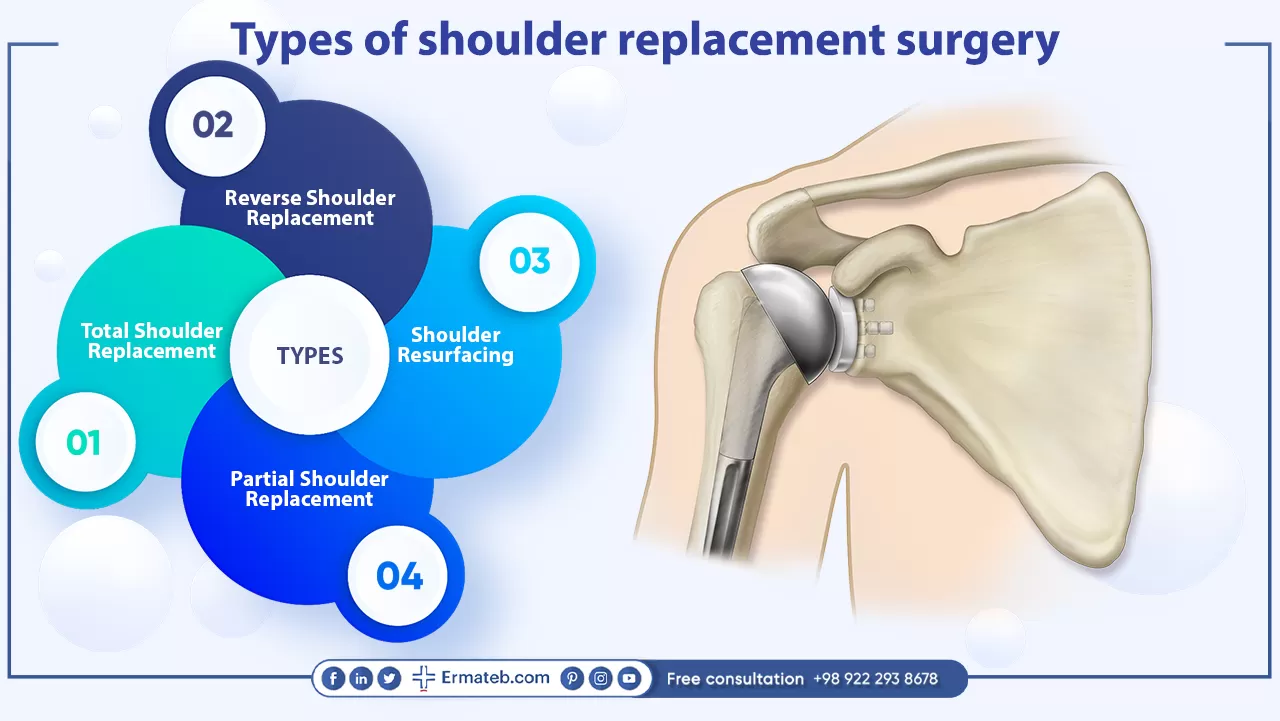
Depending on the patient’s condition, the doctor may recommend them to go for physiotherapy or a surgical procedure. For operation, there are 4 types of shoulder arthroplasty procedures:
1. Total shoulder replacement:
This is necessary when all of the cartilage in the shoulder joint is damaged. The patient suffers from intense pain and can’t move their arm easily. They also can’t lift objects. In this condition, a total shoulder joint replacement should be performed. A total shoulder replacement is performed under either general or local anesthesia. One incision is made on the front muscle of the shoulder, the arthritic surface of the humeral head is eliminated, and an artificial metal is replaced.
An orthopedic surgeon blocks the artificial joints by either implants, cement, or impacting grafted bones, which have been eliminated. The glenoid or socket is resurfaced by smooth plastic. They are put into their places and fastened by cement. The next step is to close the incision with staples or sutures and place a bandage on the wound.
2. Partial shoulder replacement:
The partial shoulder replacement procedure is an operation used when the head of the joint is damaged. It eliminates and replaces the ball with a prosthesis. The procedure is also referred to as shoulder hemiarthroplasty.
3. Reverse shoulder replacement:
For people suffering from a torn rotator cuff, this procedure is the best option. In reverse shoulder replacement, the ball and socket are replaced in a way in which the structure of the shoulder is reversed. This procedure is usually preferred if the rotator cuff, which is a group of tendons and muscles that surround the shoulder joint, is severely damaged.
4. Shoulder resurfacing:
When the surgeon doesn’t replace the joint with a prosthetic ball-and-socket joint, he may recommend shoulder resurfacing as an alternative. In this procedure, the injured head is manipulated and resurfaced with a metallic head.
Preparation for the shoulder replacement procedure
To prepare for a shoulder replacement surgical procedure, patients may need to do some of the following things:
1.Have blood tests and physical exams to check their health and suitability for operation.
2.Stop taking certain medications, like anti-inflammatory drugs or blood thinners, a few weeks before the operation. Patients should ask the doctor which medications they should stop or continue taking.
3.Donate blood before the procedure in case you need a transfusion.
4.Quit smoking and refrain from caffeine and herbal remedies. Follow a healthy diet to decrease the risk of side effects.
5.Patients should arrange for someone to drive them home and stay with them after the operation, as they will have limited use of their arms for several weeks.
6.Patients should attend an education seminar or talk to the doctor about what to expect from the operation and recovery.
7.Patients better Prepare their home by making it more comfortable and accessible. For instance, they may want to move items that they use frequently to lower shelves, get a shower chair, or install grab bars in the bathroom.
These are some general steps that patients can take to prepare for shoulder replacement procedures. However, the doctor may have more specific instructions based on the patient’s situation. Patients need to follow the doctor’s advice and ask any questions that they have before the operation.
How is the shoulder replacement done?
The shoulder joint is a complex joint of the body. It consists of a ball and socket that connect the two bones at the shoulder area to each other. There are tendons, muscles, and bones that help the joint to function properly. The end of the joint is covered by cartilage which is responsible for the shoulder’s flexibility. It has a softer tissue than the bony structure of the shoulder’s ball and socket.
The surgery often takes 1 to 2 hours and needs general or local anesthesia. The surgeon will cut the front of the patient’s shoulder and eliminate the damaged ball (head of the humerus). The surgeon will examine the socket which lies on the shoulder blade. They will replace the ball and sometimes the socket. The new ball is made of metal and the socket is made of plastic. In some cases, sometimes the implants are reversed. The ball is attached to the shoulder blade, and the socket also is attached to the upper arm bone. This option is preferred if the rotator cuff is damaged. By eliminating the damaged parts of the bone and cartilage, the patient experiences less pain and an increased range of motion.
Advantages and disadvantages of shoulder replacement in Iran
Like any other surgery, a shoulder replacement procedure has some advantages and disadvantages. Here are some of them:
Pros of shoulder replacement:
1.The operation can decrease pain. Many patients who undergo shoulder replacement report considerable relief from their chronic shoulder pain.
2.The operation can improve the patient’s range of motion. Shoulder replacement surgery restores some of the lost function and mobility of the shoulder joint. This can help the patient perform routine activities and enjoy hobbies that need shoulder movement.
3.The operation can improve the patient’s quality of life. By decreasing pain and improving function, shoulder replacement can enhance physical and mental well-being. The patient may feel more independent, confident, and satisfied with their life after the procedure.
Cons of shoulder replacement:
1.The surgery carries the risk of infection. As with any invasive surgery, there is a chance of an infection at the site of the operation or in the bloodstream. This may cause redness, fever, swelling, and drainage from the wound. The patient may need antibiotics or additional operations to treat the infection.
2.The surgery can result in joint instability. The ball of the new joint can come out of the socket, especially if the patient moves their arm in certain ways. It is called a dislocation, which can be very painful and damaging to the joint. The patient may need another operation to fix the problem.
3.The replacement joint may wear out. Over time, the artificial implants may break or loosen because of wear and tear. It can cause stiffness, pain, and decreased function. The patient may need a revision operation to replace the worn-out implants.
These are some of the general advantages and disadvantages of shoulder replacement procedures. However, the doctor may have more specific information for you based on your condition. It’s important to weigh the pros and cons of the operation carefully and discuss them with the doctor before undergoing this surgery.
Risks and complications of shoulder replacement in Iran
As with any operation, a shoulder replacement carries some risks and side effects. The patient could experience:
1.Infection:
Antibiotics are given at the time of the procedure to decrease the risk of infection. Despite this precaution, superficial and deep wound infections affect some shoulder replacement patients. Most of the patients can be treated with antibiotics. In some cases, which is rare, an infection can result in the removal of the artificial shoulder joint and may even be life-threatening.
2.Reactions to anesthesia:
Any major operation including general anesthesia has a low risk of heart attacks, strokes, pneumonia, and blood clots. In addition, the patient may have nausea, vomiting, or allergic reactions to the drugs used during the procedure.
3.Nerve or blood vessel damage:
The nerves and blood vessels that run near the shoulder joint can be injured during the operation or by swelling following the procedure. It can cause weakness, tingling, numbness, or bleeding in the arm or hand.
4.Rotator cuff tear:
The rotator cuff is a group of tendons and muscles that surround the shoulder joint. Rotator cuff injuries may result in damage to cartilage and bone in the shoulder joint. The rotator cuff muscles are more prone to injury after the procedure. To reduce the risk of rotator cuff issues, the surgeon will evaluate the rotator cuff muscles for damage which may be made worse by a traditional shoulder replacement. The patient will also need to follow a specific rehabilitation program to strengthen and protect the rotator cuff following the operation.
5.Fracture:
The humerus bone, the glenoid bone, or the scapula can break during or after the procedure. It causes pain, instability, and decreased function of the joint. The patient may need another operation to fix the fracture.
6.Implant loosening:
Shoulder replacement components are durable, however, they may loosen or become worn over time because of wear and tear. This causes stiffness, pain, and decreased function. The patient may need a revision operation to replace the worn-out implants.
The recovery process of shoulder replacement
The recovery period of shoulder replacement is a gradual and individualized process that includes wound care, pain management, physical therapy, and lifestyle modifications. It usually takes some weeks to regain normal function and strength in the shoulder. Some general steps for recovering from a shoulder replacement procedure are:
1.After the procedure, you will stay in the hospital for about 1 to 3 days. You’ll receive antibiotics and pain medication to prevent infection. You’ll also start physical therapy to learn how to move the shoulder gently and safely.
2.You’ll need to wear a sling for about 2 to 4 weeks to support your arm and protect the shoulder. You can eliminate the sling to bathe and do exercises. You shouldn’t lift anything heavier than 5 pounds or use your arm to push, reach, or pull above waist level for about 6 weeks.
3.You’ll need to do your shoulder exercises daily, as instructed by the surgeon or the physical therapist. The exercises will help you regain flexibility, strength, and range of motion in the shoulder. Take painkillers before exercising and rest after exercising.
4.You’ll have a follow-up appointment with the surgeon to check your wound and the process of healing. The surgeon may eliminate the surgical staples from your wound if needed. You better keep your wound dry and clean and watch for symptoms of infection, like redness, fever, swelling, or drainage.
5.You’ll start a physical strengthening program with a physical therapist about six weeks following the surgery. It will help you improve your shoulder endurance and function. You also learn how to modify your posture and activities to avoid putting stress on the shoulders.
6.You can return to work about 2 to 3 weeks following the operation if you have a sedentary job. If you have a physically demanding job that needs lifting or reaching overhead, you should wait longer or make some changes to the work environment. Most patients return to work around 2 months after the operation.
7.You will be able to resume your hobbies and sports activities almost 3 months following the surgery, depending on the intensity and type of the activity. You should refrain from contact sports, heavy lifting, or high-impact activities that could damage the shoulder joint. You should consult with the surgeon or physical therapist before starting new activities.
The recovery process from the shoulder replacement procedure is different from person to person. Generally, it takes about 4 to 6 months or longer for patients to regain full shoulder function. By following the doctor’s advice and doing the exercises regularly, you can enhance your recovery.
Why should I get my shoulder replacement in Iran?

Iran has been one of the ideal destinations for both medical/cosmetic surgeries in recent years. There are so many reasons why this country is so popular to get your treatments here. For instance, money is the main reason which makes international patients want to come to Iran and receive high-quality surgery, paying low, and saving a large amount of money at the same time. Iran offers effective orthopedic surgery, such as shoulder replacement, knee replacement,carpal tunnel syndrome treatment or frozen shoulder treatment at the most decent prices.
One of the other important reasons is that Iranian surgeons and orthopedists are not only well-trained but also have performed many successful surgeries in this regard. Many modern and advanced clinics in this country offer the best quality of various treatments to both domestic and international patients.
Thanks to the medical tourism industry, patients from all around the world can travel to any country they want, get their treatments there, and enjoy the historical and cultural attractions of that country.
Ermateb is a medical tourism facilitator in Iran, located at the Iran University of Medical Sciences. Our goal is to help international patients arrange their treatments in this country and receive high-quality treatment as soon as possible. As you may know, there are no waiting lists in Iran. Therefore, patients don’t have to wait for some time to have their surgery. They can get their shoulder replacement in Iran as fast as they can. Choosing the best surgeon, the best hospital, the hotel, obtaining the visa, booking the flight and accommodation, transportation, and aftercare are the responsibilities of our team.
Patients can reach Ermateb and arrange their shoulder replacement surgery by filling out the online form on our website, or they can contact us via WhatsApp. Afterward, a personal coordinator will be arranged to guide patients through the next process of their procedure. Our consultant may ask for their information and documents.


 Arabic
Arabic
 German
German
 Persian (Farsi)
Persian (Farsi)
 Russian
Russian
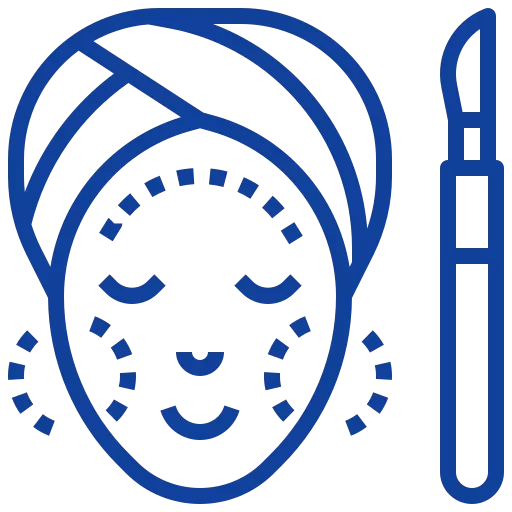 Beauty
Beauty

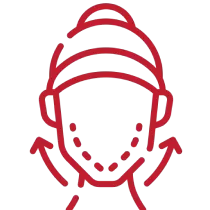
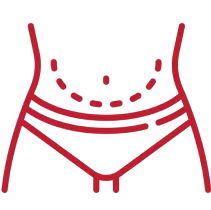
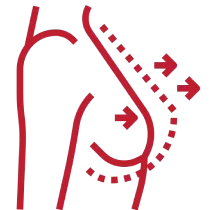
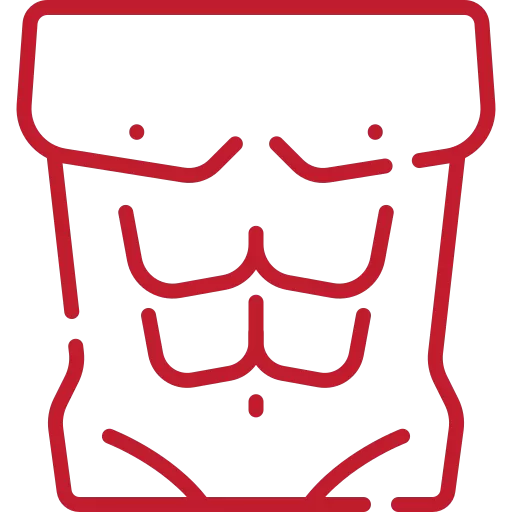
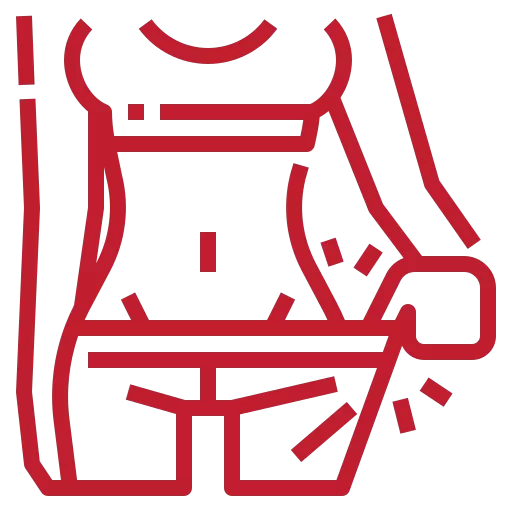
 Medical
Medical





 Hotels
Hotels
 Hospitals
Hospitals

